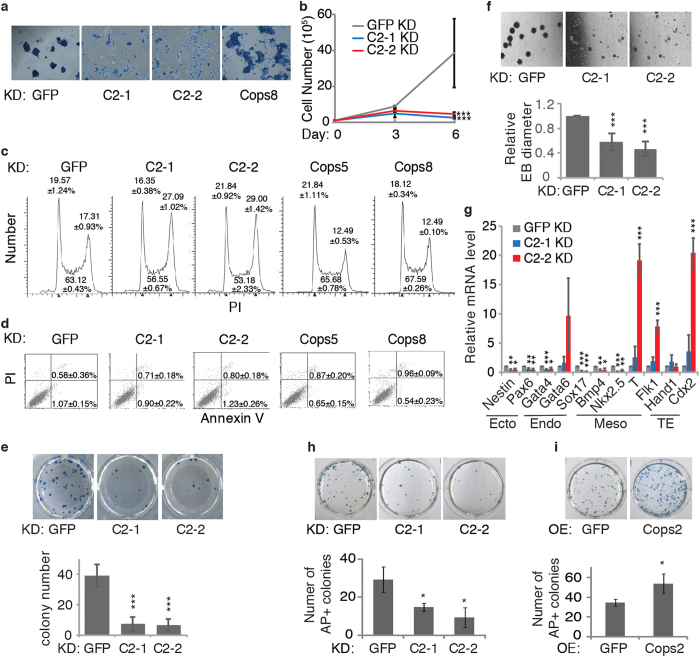Figure 2. Cops2 is involved in pluripotency maintenance and somatic reprogramming.
(a) Mouse ESCs were transfected with shRNA plasmids targeting GFP, Cops2 (C2-1 and C2-2) or Cops8. Seventy-two hours after transfection, cells were subjected to AP staining. (b) At 72 hours after transfection (counted as day 0), GFP or Cops2 KD ESCs were plated 1 × 105 cells/6-well. Then cells were passaged at 1:10 ratio every 3 days. The number of cells was counted on day 3 and day 6. (c) and (d) Cell cycle (c) and apoptosis (d) analyses of ESCs after knocking down GFP, Cops2 (C2-1 and C2-2), Cops5, and Cops8 for 3 days. (e) Colony forming assay of ESCs with GFP or Cops2 KD. Quantification of data from three independent experiments was plotted. (f) EB differentiation of GFP or Cops2 KD ESCs. ESCs were transfected with shRNA plasmids targeting GFP or Cops2. Three days after transfection, cells were collected for EB differentiation for 4 days. Top panel shows the images of day 4 EBs, and quantified EB diameters were plotted in bottom panel. (g) Quantitative RT-PCR analysis of differentiation genes in day 4 EBs, as described in (f). (h,i) Cops2 facilitates somatic cell reprogramming. MEFs were infected with retroviruses expressing shRNAs targeting GFP or Cops2 (h), or retroviruses expressing GFP or Cops2 (i), together with Oct4, Sox2, Klf4, and c-Myc expressing retroviruses. Fourteen days after the initial infection, cells were stained for AP, and AP positive colonies were counted. Top panel shows representative images of reprogrammed cells, and bottom panel shows the quantification results of three independent experiments. Data are shown as mean ± SD (n = 3).

